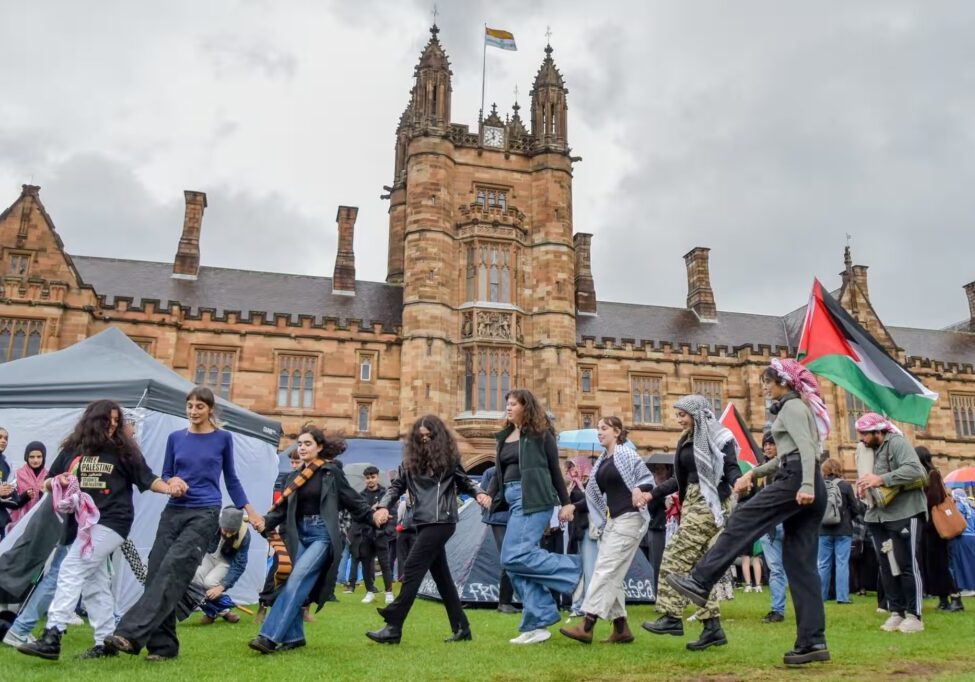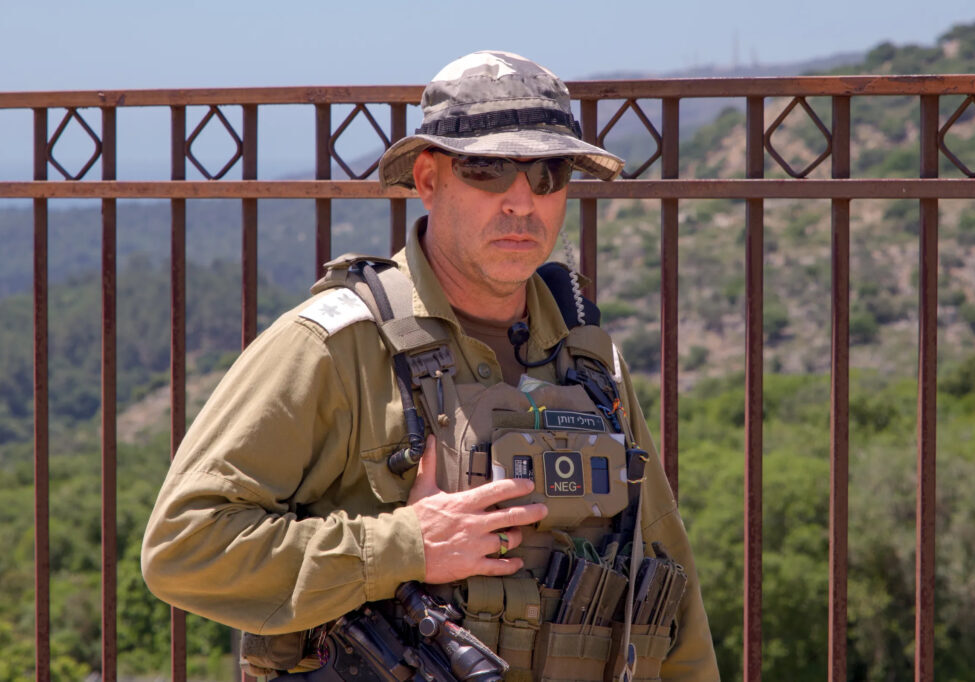Australia/Israel Review
Deconstruction Zone: Citing Hamas’ Gaza casualty claims amounts to journalistic malpractice
Apr 26, 2024 | Oved Lobel

Thousands of civilians have tragically been killed in Gaza due to the war Hamas decided to launch against Israel on October 7, and then fight from behind, amidst and beneath its own civilian population. But how many civilians precisely, and how many of them are women and children?
The answer is that nobody knows. Since January of this year, when Gabriel Epstein of the Washington Institute for Near East Policy released a detailed analysis of the data available, it has become clear that the widely cited statistics and claims being released by Hamas’ Ministry of Health (MoH) cannot be viewed as remotely reliable.
Not only do these numbers fail to differentiate between combatants and civilians, but vast discrepancies and inexplicable statistical irregularities suggest deliberate manipulation or outright fabrication.
Epstein’s January report was followed in early March by further analysis by Abraham Wyner, a professor of statistics and data science at the Wharton School of the University of Pennsylvania, in Tablet Magazine. Looking at MoH data from Oct. 26-Nov. 10, Wyner found that there was essentially no correlation between the number of women and the number of children killed per day and a strong negative correlation between the number of women and men killed per day, among other anomalies. Wyner correctly concluded that this “makes no sense at all” and “is highly suggestive that a process unconnected or loosely connected to reality was used to report the numbers.” (Wyner’s analysis was published in April’s AIR).
A more extensive statistical analysis by professors Tom Simpson, Lewi Stone and Gregory Rose titled “Statistically Impossible: A Critical Analysis of Hamas’s Women and Children Casualty Figures” was recently published in Fathom Journal. It demonstrated that the widely reproduced claims that about 70% of the casualties are women and children actually contradict the MoH’s own data – something, the authors note, any journalist could have checked using publicly available data.
MoH data shows that 58% of deaths recorded in hospitals have been women and children, dropping to 42% when assessing deaths since Jan. 1. This is despite women and children comprising approximately 75% of Gaza’s population.
However, more than 43% of all deaths recorded by the MoH in Gaza, over 12,000 casualties, are not coming from deaths registered by hospitals at all. The MoH derives these from unspecified “media sources”, including Google forms submitted by Gazans. When Simpson, Stone and Rose analysed these non-hospital deaths for 2023, they discovered an impossibility – 92% would have to be women and children for the “70% of Gaza casualties are women and children” claim to be true.
They concluded that the numbers being released “are manipulated to contain an impossibly low number of males” and should be considered disinformation. Other anomalies in the data noted by the authors include an apparent miraculous resurrection of more than 1,000 men between Dec. 1 and Dec. 8.
Following the Fathom analysis, an investigation published in the UK Telegraph by Mark Zlochin further undermined the casualty claims by Hamas-run organs.
Reviewing data on United Nations Relief and Works Agency (UNRWA) staff killed between October 7 and Jan. 4, Zlochin found that male workers were more than twice as likely to be killed as female workers and represent nearly two-thirds of reported UNRWA deaths – despite being only 41% of the staff. This is substantially different to hospital-recorded death ratios among the general population, and could potentially mean that official reports coming out of Gaza “grossly underreport adult male casualties,” he observed on X.
Interestingly, UNRWA female deaths do track hospital records. Based on this and other evidence, Zlochin suggests there is a case to use female casualties recorded by hospitals and by UNRWA as a proxy for the overall death toll. If you do this, the estimated number of deaths in the Gaza conflict would be about 18,000 – not the 33,000 widely cited. Regardless, the MoH numbers are clearly fundamentally unreliable, he concluded.
Zlochin later analysed a list of 21,323 “identified fatalities” released by the MoH and found more than 500 duplicates, nearly 400 names with no ID numbers and thousands of names with invalid IDs, among other anomalies and mathematical impossibilities.
The actual civilian death toll, as well as the civilian-combatant casualty ratio, in Gaza, is unknown and will likely remain so for years. What we can say with some certainty is that journalists who continue to present the MoH numbers – and especially MoH claims about the proportion of women and children among the dead – as reliable and accurate are simply spreading disinformation.
The civilian death toll in Gaza is a horrific tragedy. Nonetheless, citing statistics published by a listed terrorist organisation which, according to multiple statistical analyses, are unreliable and manipulated if not outright fabricated, is not journalism.






